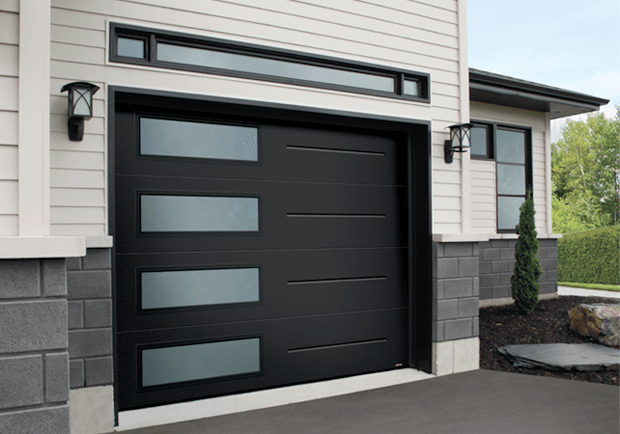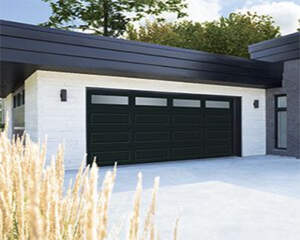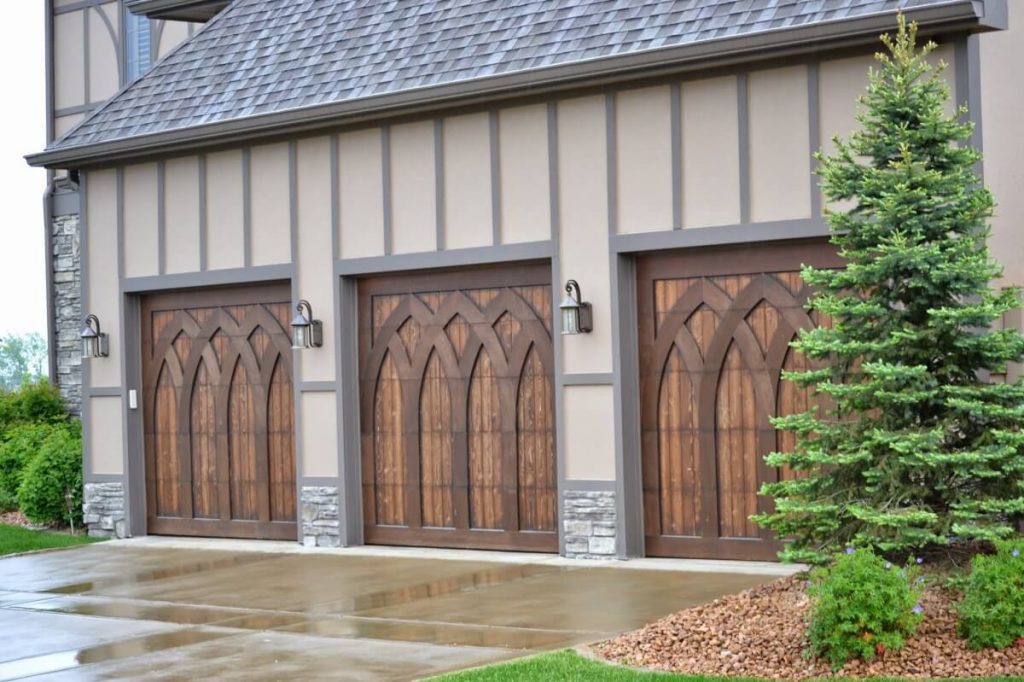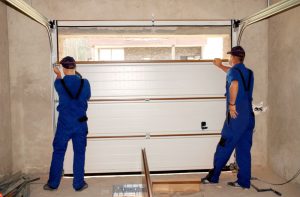How Professionals Repair Problematic Garage Doors
Garage doors live relatively easy lives. All a garage door has to do is move up, down, up, down every day over and over. However, they suddenly bite the dust and stop working as they should. Fortunately, the simple life calls for simple Las Vegas garage door repairs. If your garage door is persistently causing problems, consider some of the tips listed below.
1. Rusty Rollers and Hinges
Dip all hinges, rollers, latches, and roller tracks onto a penetrating solvent or a citrus-based solvent like WD-40. Lubricate all extension spring openers and the bearings thoroughly. The professional must not forget to pour oil on the torsion spring if it binds up or it is rusty.
2. Noisy Door
Noisy doors are quite a nuisance, especially to people who sleep above the garage. Fortunately, noisy garage doors can be easily fixed by executing simple routine tasks. Some of the tasks include:
• Tightening the nuts. A socket wrench is used to tighten the nuts. However, ensure that the nuts are not overtightened.
• Replacing the rollers
It is common for old rollers to make a sound when rolling up and down the track. If this is the primary source of the noise, consider purchasing new ones. Typically, five section doors need a dozen rollers. Also, nylon rollers are better than metal rollers since they do not have to be lubricated often.
Over time, the hole housing the roller stem gets old and worn. Check the hinges and ensure that you replace any hole that has lost its circular shape.
3. Frozen Door
Garage door convenience is put on the test during the coldest days of the year. Unfortunately, these are also days when moisture and low temperatures combine to compromise the door’s convenience. Garage doors often freeze and stick to the garage floor during cold days. Sometimes, it is a small connection between the door and floor, which can be broken by a minor kick. Other times, though, the door refuses to open completely. Once this happens, use a heat dryer to melt the icy connection. Alternatively, standard de-icing chemicals can also do the trick.






